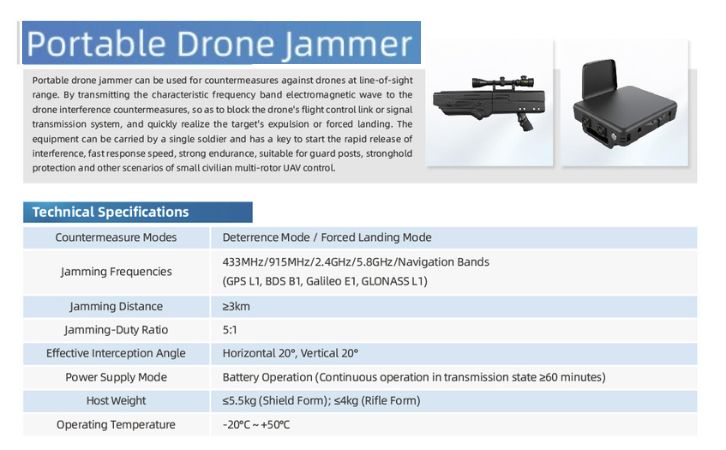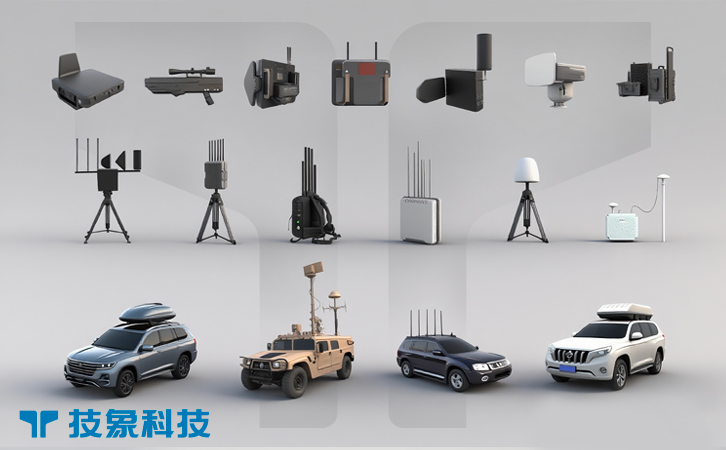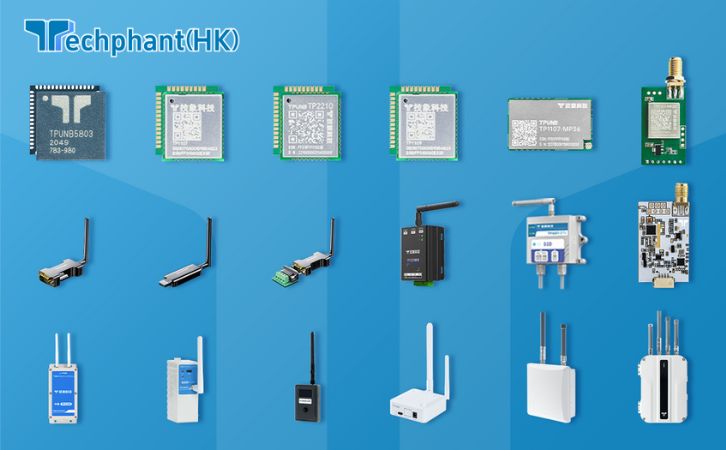The most effective drone defense system depends heavily on operational context, threat type, and environment. No single solution dominates all scenarios, but integrated multi-layered systems consistently outperform standalone technologies. Below is a comprehensive analysis:
1. Key Effectiveness Metrics for Drone Defense Systems

Effectiveness is evaluated through:
- Interception Success Rate: Probability of neutralizing threats.
- Cost per Engagement: Economic efficiency.
- Multi-Drone Capability: Ability to counter swarms.
- Environmental Resilience: Performance in adverse conditions.
- Collateral Damage Risk: Safety for surrounding assets.
| Metric | Top Performers | Performance Data |
|---|---|---|
| Success Rate | Laser Systems ; Net-Based Capture ; Integrated EW | 100% (Chinese “Sky Shield” in Saudi Arabia); 100% (ParaZero DefendAir) |
| Cost per Engagement | RF Jamming ; Laser Systems | ¥0.8/drone (AI-enhanced RF jamming); $10.000/laser shot |
| Swarm Defense | Directed Energy (THOR Microwave); AI-Integrated C-UAS | THOR disables multiple drones simultaneously |
| All-Weather Use | Kinetic Systems (e.g., ALDA rifles); Radar-Based Detection | Reduced efficacy in fog/rain for lasers |
2. Top Systems by Use Case
A. Military/High-Threat Scenarios
Integrated Hard-Kill Systems (e.g., Iron Dome/Drone Dome):
Combine radar, RF detection, and kinetic interceptors.
Effectiveness: Near-real-time tracking, >90% interception of rockets/drones .
Limitations: High cost ($50M+/unit), best for fixed installations.
Directed Energy Weapons (DEW):
Lasers (e.g., “Sky Shield”):
100% success in Saudi Arabia .
Range: 3.5 km; cost-effective after initial investment.
Microwave Systems:
Disables drone electronics via pulsed microwaves.
Ideal for swarms; no projectile collateral.
B. Civilian/Critical Infrastructure
RF Jamming & GPS Spoofing :
Forces drones to land or return.
Effectiveness: 95% mission success in urban exercises .
Advantages: Low collateral damage; scalable for events (e.g., Olympics).
Net-Based Capture (e.g., ParaZero DefendAir):
100% interception in live demos; non-lethal.
Portable (1.5 kg), suitable for VIP protection.
C. Asymmetric Threats (Swarms)
AI-Powered Multi-Sensor Systems :
Combine radar, optical, and RF sensors with machine learning.
Effectiveness: Predicts swarm paths 30 sec early; 128 targeted jamming channels .
Drone-on-Drone Interceptors :
Autonomous UAVs physically collide with threats.
3. System Limitations & Trade-offs
| Technology | Strengths | Weaknesses | Best Use Case |
|---|---|---|---|
| Lasers | High precision; low cost per shot | Reduced efficacy in fog/rain; power-intensive | Fixed military bases |
| Kinetic (Nets/Projectiles) | Reliable; no electronic countermeasures needed | Short range (≤100m); limited to slow drones | Urban/close-range security |
| Electronic Warfare | Non-kinetic; scalable | Ineffective against autonomous drones | Civilian no-fly zones |
| Microwave (THOR) | Swarm suppression; area denial | Large size; high energy consumption | Battlefield perimeter defense |
4. Emerging Trends (2025)
AI Integration: Reduces false positives by 96% and enables autonomous threat classification .
Modular Systems: Mobile units (e.g., JLTV-mounted counter-drone systems) achieve 100% interception in field tests .
Cost Reduction: Commercial system prices dropping from ¥1.2M (2025) to ¥600K (2030) .
Regulatory Evolution: GDPR-compliant privacy-by-design in EU frameworks ; liability models for autonomous drones in India .
5. Expert Recommendations
Multi-Layered Defense: Integrate detection (radar/RF), soft-kill (jamming), and hard-kill (lasers/nets) layers. Systems like Drone Dome exemplify this .
Context-Specific Deployment:
Military: DEW + kinetic interceptors .
Civilian: RF jamming + net capture .
Cost Efficiency: Prioritize RF/jamming for low-threat scenarios; lasers for high-value targets .
Conclusion: The most effective overall system is an AI-integrated, multi-layered platform (e.g., military systems like Drone Dome or civilian solutions like ParaZero DefendAir). Success hinges on combining sensors and countermeasures tailored to the threat profile. For swarms, directed energy (microwave/laser) is emerging as the gold standard .



